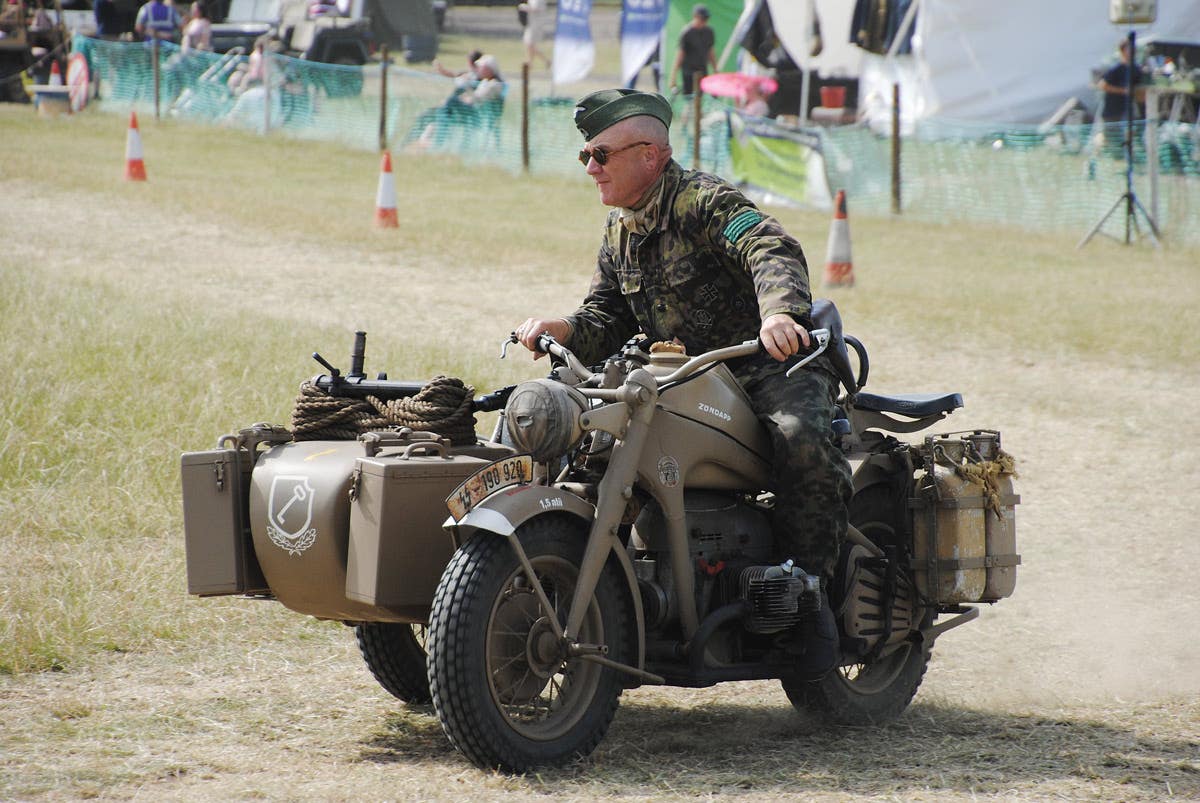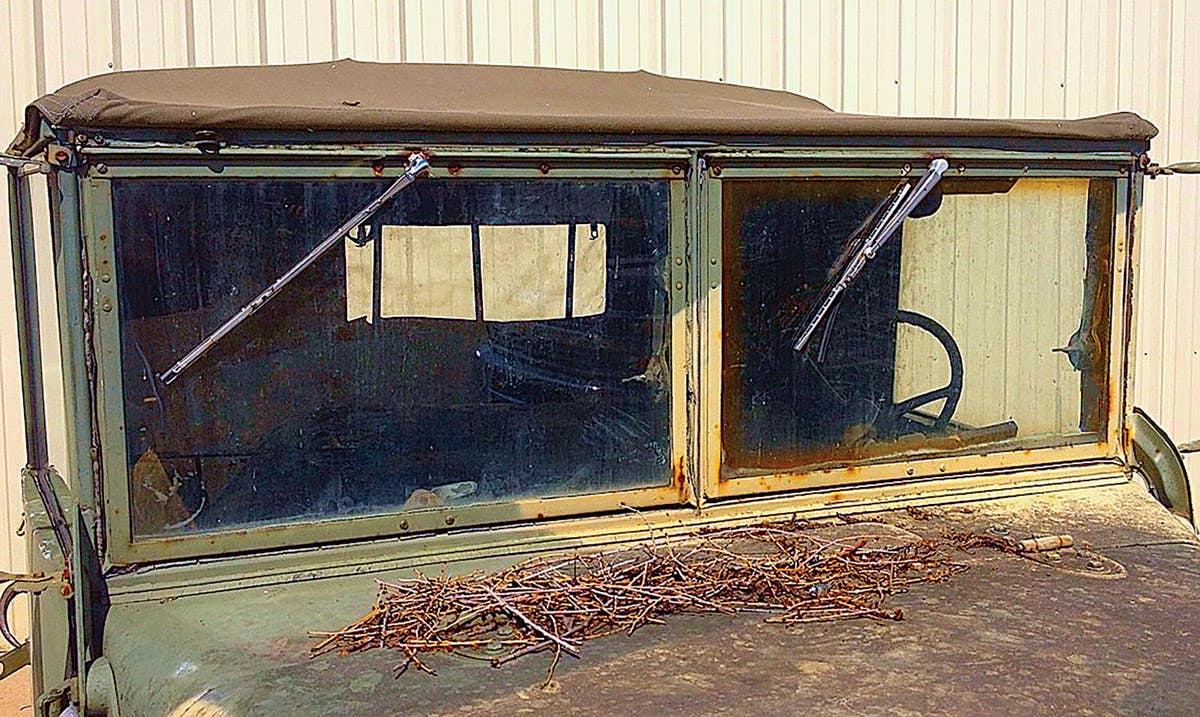Military Vehicle Spotlight: M4A1 High Speed Tractor
During WWII, Allis-Chalmers developed and built the 18-ton G-150 high-speed tractor to tow artillery as well as carrying the crew and ammunition.
Specifications: G-150 18-ton High Speed Tractor
Weight: 31,400 lbs
Engine: Waukesha 145GZ
Displacement: 817 cu. in.
Horsepower: 190 @ 2,100 rpm
Fuel: Gasoline
Fuel Capacity: 125 gallons
Maximum speed: 35 mph
Maximum range: 100 miles
G-150 HISTORICAL NOTE:
Allis-Chalmers developed and built the 18-ton high-speed tractor to tow artillery as well as carrying the crew and ammunition. M4s were configured to carry either of two load classes: Class A consisting of 90mm or 3-inch ammunition, or Class B containing 155mm, 240mm, or 8-inch ammo.
The M4 tractor had no armor protection. Its primary weapon was a single .50 caliber anti-aircraft machine gun. The Waukesha 145GZ six-cylinder inline petrol engine, and vertical volute spring suspension system could propel the tractor (without load) to a top speed of about 35mph.
Production began in March 1943 and continued until June 1945, during which Allis-Chalmers completed 5,552 units. Of these, 259 were modified by moving the suspension out from the hull to accommodate duck-bill extensions to the ends of the track shoes. The military designated these variants as “M4A1” models. In 1954, Bowen-McLaughlin began a rebuilding program for the M4 tractors. The updated vehicles were classified, “M4A2s.”
You may also enjoy
From the staff of North America's no. 1 historic military vehicle source -- Military Vehicles Magazine







